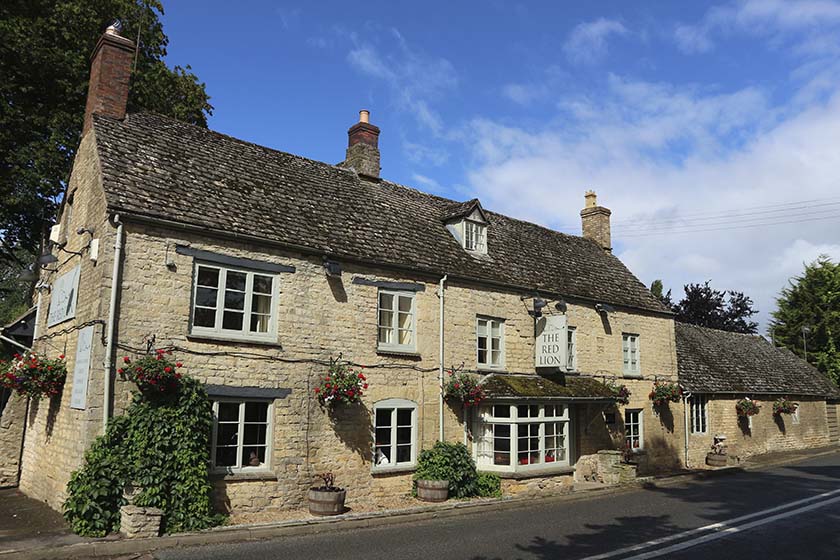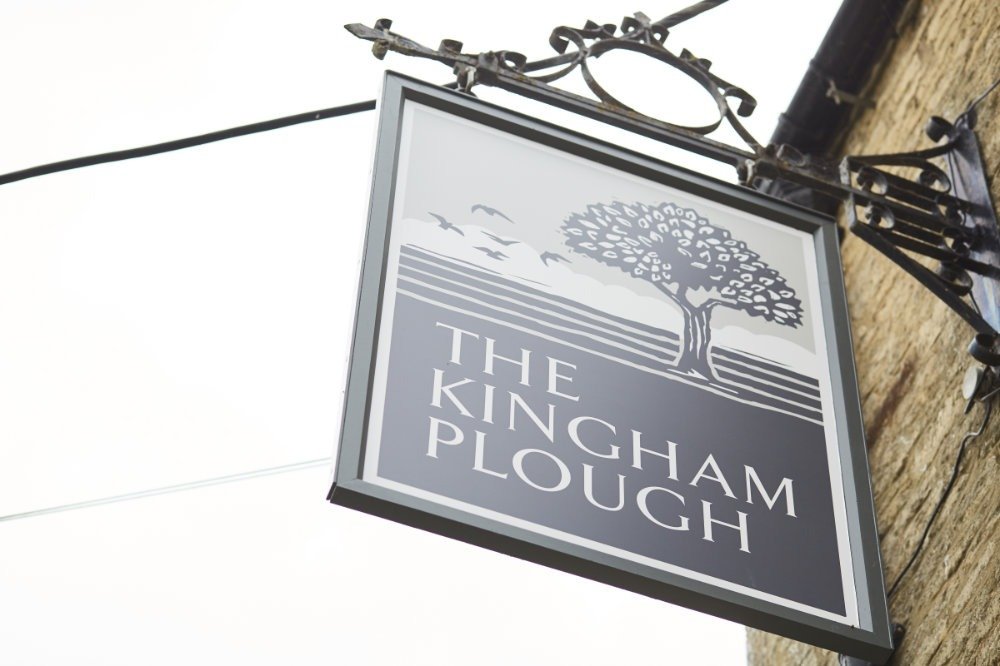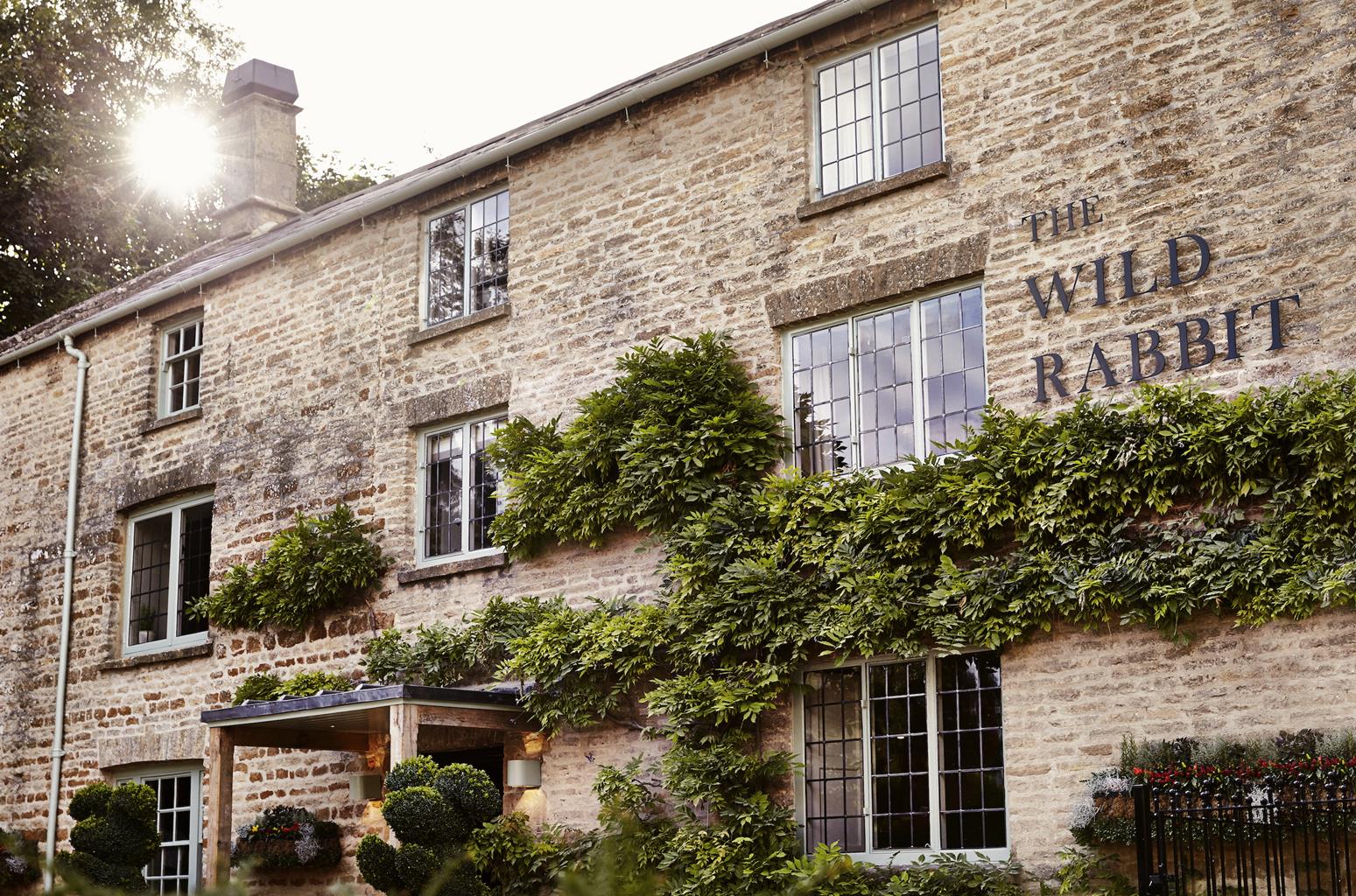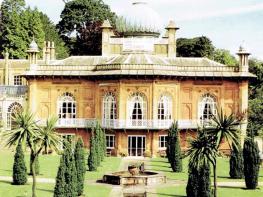Just up the road from the Rollright Stones, Cherry Orchard Cottages are ideal for a peaceful…
Chipping Norton and the Rollright Stones

From Chipping Norton to an ancient site associated with a charming legend.
8.5 miles (13.7kms)
About the walk
Commanding a splendid position overlooking the hills and valleys of the northeast Cotswolds, the Rollright Stones comprise the Whispering Knights, the King’s Men and the King Stone. These intriguing stones are steeped in myth and legend. The story goes that a king was leading his army in this quiet corner of Oxfordshire while five of his knights stood together conspiring against him. The king met a witch nearby who told him he would be King of England if he could see the settlement of Long Compton in seven long strides. As he approached the top of the ridge a mound of earth suddenly rose up before him, preventing him from seeing the village and so the king, his soldiers and his knights were all turned to stone.
In reality the Rollright Stones form a group of prehistoric megalithic monuments created from large natural boulders found within about 600yds (549m) of the site. The stones are naturally pitted, giving them astonishing and highly unusual shapes. The five Whispering Knights are the remains of a portal dolmen burial chamber, probably from 3800–3000 bc, long before the stone circle. It would have been imposing in its day and it is the easternmost burial chamber of this kind in Britain. The King Stone stands apart from the others. The 8ft (2.4m) tall single standing stone was almost certainly erected to mark the site of a Bronze Age cemetery around 1800–1500 bc. Finally, you come to the King’s Men stone circle – a ceremonial monument thought to have been built around 2500–2000 bc. There are over 70 stones here. Originally there were about 105 stones forming a continuous wall except for one narrow entrance. Here and there the stones are so close they almost touch. It is not clear what the stone circle was used for, but it may well have had some significance in religious and secular ceremonies. Most mysterious of all is why this particular site was chosen. All these questions remain a mystery.
Walk directions
Follow the A44, New Street, downhill. Pass Penhurst Gardens, then veer right through a kissing gate. Skirt the left-hand edge of the recreation ground and aim for a gate. Descend to a bridge and, when the path forks, keep right. Go up the slope to a kissing gate. Cross a drive and continue to the next tarmac drive. Keep walking ahead to a kissing gate and walk along the right-hand field edge. Make for a gate and drop down to double gates on the right.
Go through. Turn sharp left and walk towards Salford, keeping the hedge on the left. Continue into the village and soon turn right by some grass and a sign saying, ‘Rectory Farm – Trout Lakes’.
Follow the track to a right-hand bend. Go straight ahead here, following the field edge. Make for a gate ahead and turn right in the next field. About 100yds (91m) before the field corner, turn left and follow the path across to an opening in the boundary. Veer left, then immediately right to skirt the field. Cross a little stream and maintain your direction in the next field to reach the road.
Turn left, then left again for Little Rollright. After visiting the church, retrace your steps to the D’Arcy Dalton Way on the left. Follow the path up the field slope to the road. Cross over and continue on the way between fields. Head for some trees and approach a stile. Don’t cross it; instead, turn left and skirt the field, passing close to the Whispering Knights.
On reaching the road, turn left and visit the site of the Rollright Stones. Return to the Whispering Knights, head down the field to the stile and cross it through trees. Walk ahead along a grassy path and turn right just before the next stile towards Brighthill Farm. Pass alongside the buildings to a stile, head diagonally right down the field to a kissing gate, then keep the boundary on your right and head for a galvanised gate in the bottom right corner of the field. Make for the bottom right corner of the next field, go through a gate and skirt the field, turning left at the road.
Keep right at the next fork and head towards the village of Over Norton. Walk through the village to the T-junction. Turn right and, when the road swings to the left by Cleeves Corner, go right on a track signposted ‘Salford’. When the hedges on the left finally give way, turn left on a field edge path, with a hedge on your right. Follow the path down the slope, make for two kissing gates and then follow the path alongside a stone wall to reach the parish church. Join Church Lane and follow it as far as the T-junction. Turn right and return to the town centre.
Additional information
Field paths and tracks, country roads, several stiles
Rolling hills on the Oxfordshire/Warwickshire border
Under control or on lead across farmland, one lengthy stretch of country road and busy streets in Chipping Norton
OS Explorer 191 Banbury, Bicester & Chipping Norton
Long-stay car park off A44 (New Street), in centre of Chipping Norton
At car park and town centre
WALKING IN SAFETY
Read our tips to look after yourself and the environment when following this walk.
Find out more
Also in the area
About the area
Discover Oxfordshire
Located at the heart of England, Oxfordshire enjoys a rich heritage and surprisingly varied scenery. Its landscape encompasses open chalk downland and glorious beechwoods, picturesque rivers and attractive villages set in peaceful farmland. The countryside in the northwest of Oxfordshire seems isolated by comparison, more redolent of the north of England, with its broad views, undulating landscape and dry-stone walls. The sleepy backwaters of Abingdon, Wallingford, Wantage, Watlington and Witney reveal how Oxfordshire’s old towns evolved over the centuries, while Oxford’s imposing streets reflect the beauty and elegance of ‘that sweet city with her dreaming spires.’ Fans of the fictional sleuth Inspector Morse will recognise many Oxford landmarks described in the books and used in the television series.
The county demonstrates how the strong influence of humans has shaped this part of England over the centuries. The Romans built villas in the pretty river valleys that thread their way through Oxfordshire, the Saxons constructed royal palaces here, and the Normans left an impressive legacy of castles and churches. The philanthropic wool merchants made their mark too, and many of their fine buildings serve as a long-lasting testimony to what they did for the good of the local community.
Nearby stays
Restaurants and Pubs
Nearby experiences
Recommended things to do
Why choose Rated Trips?
Your trusted guide to rated places across the UK
The best coverage
Discover more than 15,000 professionally rated places to stay, eat and visit from across the UK and Ireland.
Quality assured
Choose a place to stay safe in the knowledge that it has been expertly assessed by trained assessors.
Plan your next trip
Search by location or the type of place you're visiting to find your next ideal holiday experience.
Travel inspiration
Read our articles, city guides and recommended things to do for inspiration. We're here to help you explore the UK.













